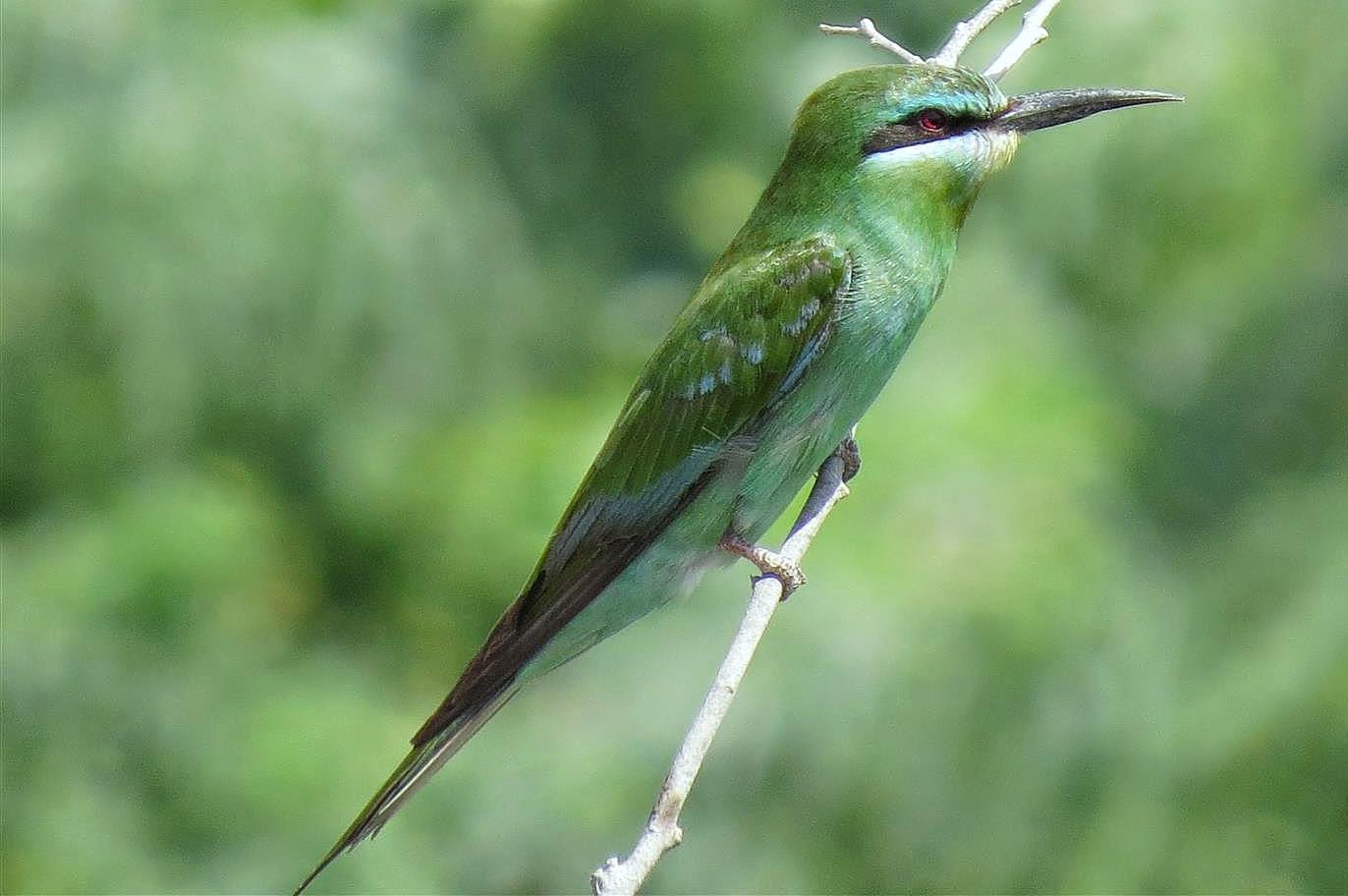The lagoons were full of white stork and steppe eagle.
white stork
The white stork population has increased since my last visit and I calculate there were over 250 present. I understand their numbers usually continue to increase for the next month or so.
white storks
Next time I visit and if there are only a few storks around, I will go to the water's edge.
steppe eagle
juvenile eastern imperial eagle
My time in the lagoons was much shorter than planned. I then moved on to the treated water lake.
The interesting terns I found last week had unfortunately moved on.
blue-cheeked bee-eater
Blue-cheeked bee-eater are still passing through and can still be seen near any water body with bushes.
"fulvescens" greater spotted eagle
Although I had left the parts of Raysut were most of the eagles can be found, a small number drifted over this area. One was a "fulvescens" greater spotted eagle.
second view of "fulvescens" greater spotted eagle
I sent these pictures to BirdForum which established they were the fulvescens variant of greater spotted eagle.
head-on view of "fulvescens" greater spotted eagle
Meanwhile back on the ground, I didn't find any new additions to my Oman list at the treated water lake.
However, there were flamingo there for the first time.
juvenile little grebe
Daurian shrike
two common snipe
One of the better moments at the treated water lake was the views of two common snipe. I managed to get close to them without them noticing. This is always tricky with snipe.
common snipe
This lake is one of the best places in Dhofar I have been to to guarantee the presence of snipes.
second view of common snipe
The birding here proved to be excellent. I had prolonged views of one difficult bird in particular. I will blog about Mughsail next.














No comments:
Post a Comment